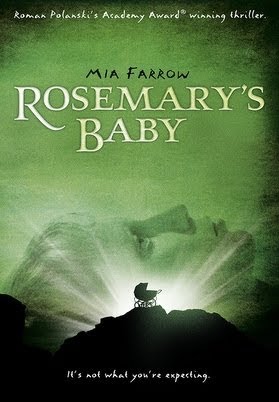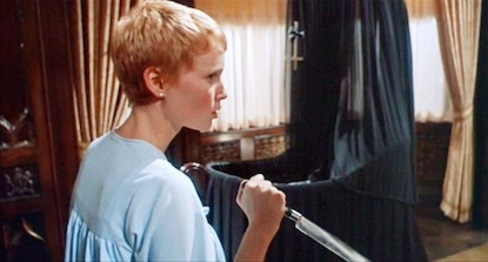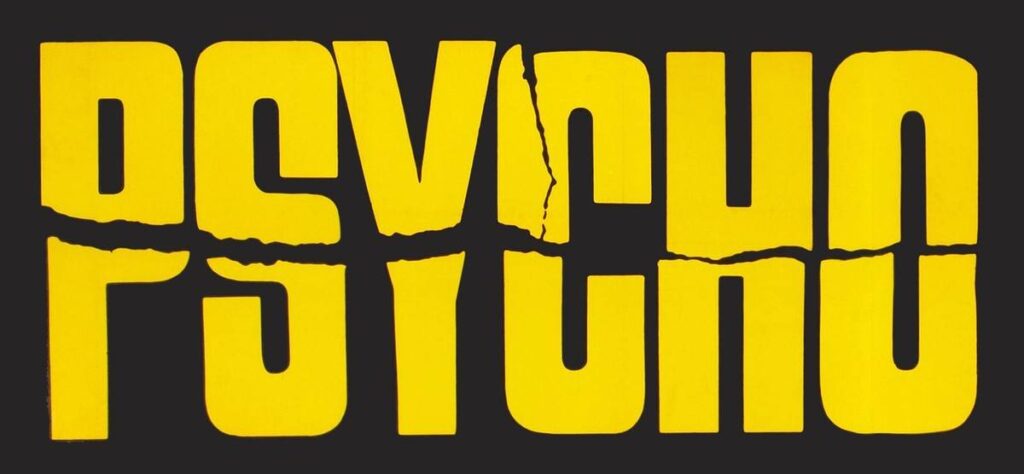Roman Polanski’s Chilling Tale of Maternal Paranoia and Satanic Panic

Roman Polanski’s Rosemary’s Baby is a masterclass in psychological horror, blending domestic dread with cosmic terror. Adapted from Ira Levin’s bestselling novel, this 1968 film redefined horror by trading bloodshed for slow-burn suspense, gaslighting, and the violation of trust. With its iconic New York setting, unforgettable performances, and controversial themes, Rosemary’s Baby remains a cornerstone of feminist horror and cult cinema. Let’s peel back the layers of this unsettling classic.
The Plot: A Young Wife’s Descent into a Satanic Nightmare
Young newlyweds Rosemary Woodhouse (Mia Farrow) and Guy (John Cassavetes), an ambitious but struggling actor, move into the historic Bramford Apartments in New York City. Despite warnings about the building’s dark history of suicides and witchcraft, they befriend their eccentric elderly neighbors, Minnie (Ruth Gordon) and Roman Castevet (Sidney Blackmer), who take a peculiar interest in the couple.
When Rosemary becomes pregnant after a disturbing, dream-like night involving a satanic ritual (which she dismisses as a hallucination), her joy turns to terror. Suffering excruciating pain and rapid weight loss, she grows suspicious of Guy’s sudden loyalty to the Castevets and the strange herbal tonic Minnie forces her to drink. Her doctor, Dr. Sapirstein (Ralph Bellamy), dismisses her concerns, while Guy grows increasingly distant.
As Rosemary uncovers clues tying the Castevets to a Satanic cult, she realizes her unborn child is at the center of a demonic conspiracy. Her isolation deepens when friends who try to help her mysteriously die, and her frantic attempts to escape the Bramford are thwarted. In the film’s bone-chilling climax, Rosemary discovers the cult’s true goal: to birth the Antichrist using her child. Trapped and broken, she’s forced to confront the unholy reality of her motherhood.

Why Rosemary’s Baby is a Horror Masterpiece
1. Mia Farrow’s Haunting Performance
Farrow’s portrayal of Rosemary—frail, wide-eyed, and increasingly desperate—makes her one of horror’s most sympathetic victims. Her real-life pregnancy struggles (she miscarried during filming) add raw authenticity to her physical and emotional unraveling.
2. Polanski’s Claustrophobic Direction
The Bramford Apartments become a character themselves, with tight corridors, peephole shots, and muffled noises amplifying Rosemary’s paranoia. Polanski traps viewers in her perspective, making us question what’s real.
3. Ruth Gordon’s Oscar-Winning Villainy
Gordon’s Minnie is equal parts comic relief and pure evil. Her nosy neighbor act masks a calculating zealot, delivering lines like “He has his father’s eyes” with chilling glee.
4. Feminist Horror and Bodily Autonomy
The film weaponizes 1960s gender roles, depicting Rosemary’s body as a battleground controlled by men (Guy, doctors, cultists). Her lack of agency mirrors real-world struggles with medical gaslighting and reproductive rights.
5. The Sound of Dread
Krzysztof Komeda’s lullaby score contrasts horrifically with the plot, while the repeated chant “Hail Satan!” lingers like a curse.
Behind the Scenes: Dark Secrets and Controversies
- The Dream Sequence: Polanski used raw liver for the demonic rape scene. Farrow later called it “the worst day of my life.”
- Mia Farrow’s Haircut: Her iconic pixie cut was done live on camera without warning, eliciting genuine shock.
- The Manson Connection: Sharon Tate, Polanski’s pregnant wife, loved the film. She was murdered by the Manson Family in 1969, adding grim mythology to its legacy.
Legacy and Influence
- Paved the way for slow-burn horror like Hereditary and The Babadook.
- Inspired cult-themed films (Midsommar, The Omen) and feminist horror (Saint Maud, The Invitation).
- Ruth Gordon’s Minnie remains a blueprint for quirky yet terrifying villains.
Why It Still Terrifies
Rosemary’s Baby preys on universal fears: betrayal by loved ones, loss of control over one’s body, and the horror of the mundane. Its lack of jump scares makes the dread inescapable.
Final Thoughts
More than a Satanic panic story, Rosemary’s Baby is a devastating portrait of institutionalized misogyny. Its power lies in making us wonder: Would anyone believe Rosemary today?
Engage With Me!
What’s your take on the ending? Was Rosemary’s maternal instinct manipulated, or did she truly bond with her child?
Love cult horror? Check out my analysis of Night of the Living Dead (1968) or my list of Films That Weaponize Gaslighting.
You can also checkout Terrifying Tales


